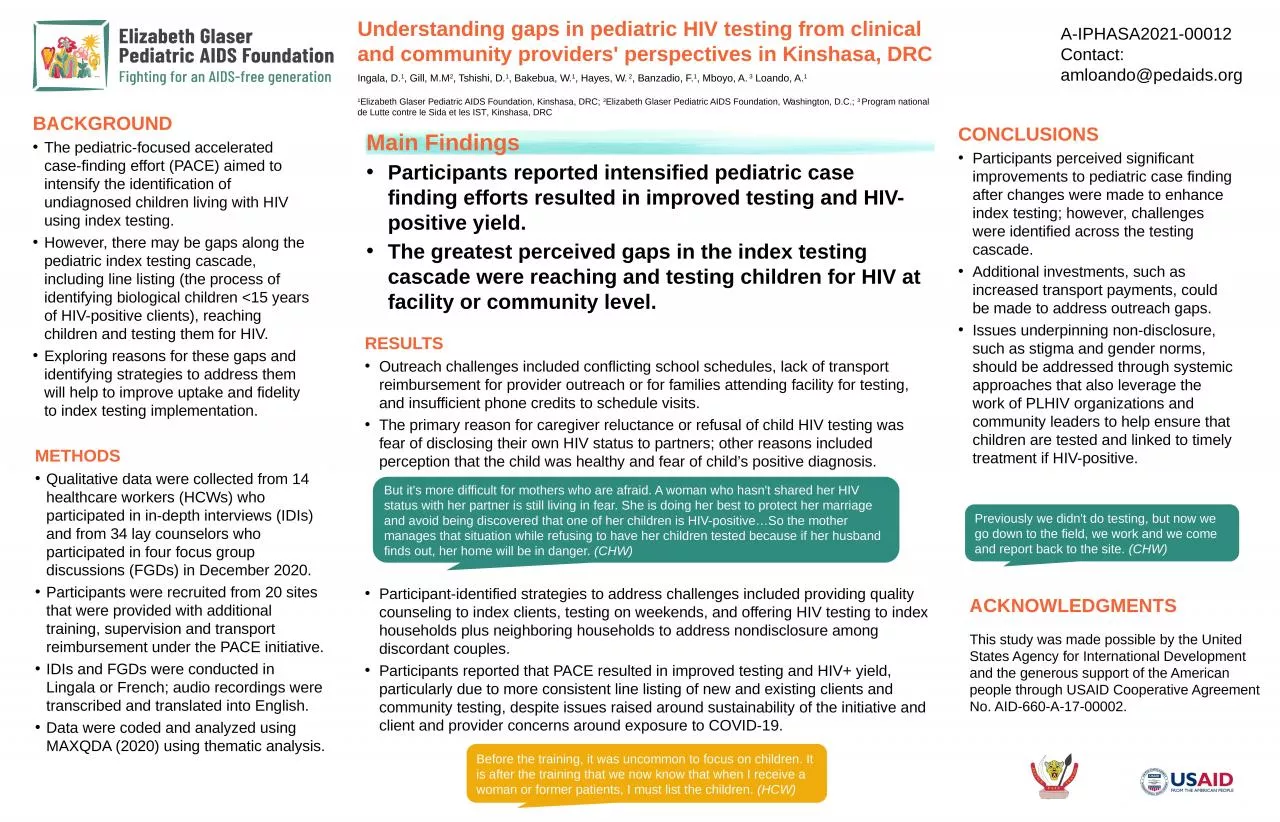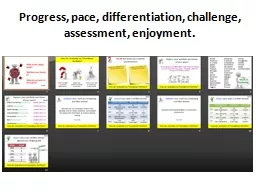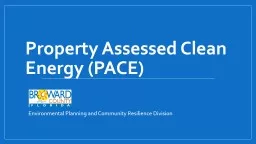PPT-BACKGROUND The pediatric-focused accelerated case-finding effort (PACE) aimed to intensify
Author : anya | Published Date : 2024-02-09
However there may be gaps along the pediatric index testing cascade including line listing the process of identifying biological children lt15 years of HIVpositive
Presentation Embed Code
Download Presentation
Download Presentation The PPT/PDF document "BACKGROUND The pediatric-focused acceler..." is the property of its rightful owner. Permission is granted to download and print the materials on this website for personal, non-commercial use only, and to display it on your personal computer provided you do not modify the materials and that you retain all copyright notices contained in the materials. By downloading content from our website, you accept the terms of this agreement.
BACKGROUND The pediatric-focused accelerated case-finding effort (PACE) aimed to intensify: Transcript
Download Rules Of Document
"BACKGROUND The pediatric-focused accelerated case-finding effort (PACE) aimed to intensify"The content belongs to its owner. You may download and print it for personal use, without modification, and keep all copyright notices. By downloading, you agree to these terms.
Related Documents














